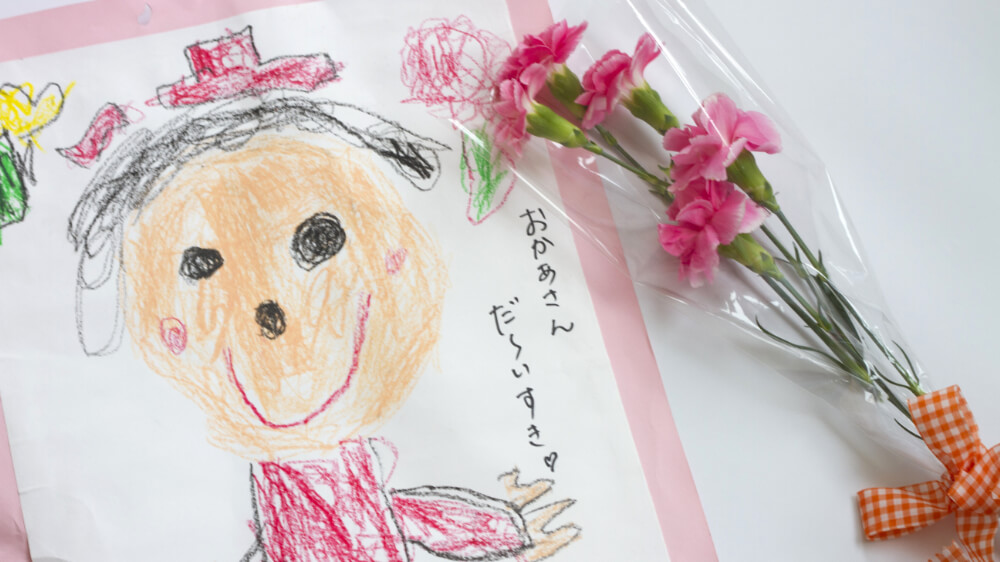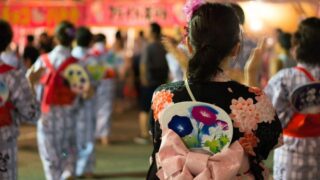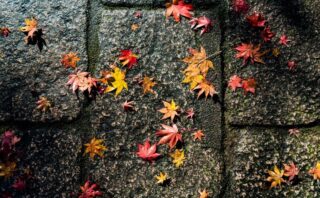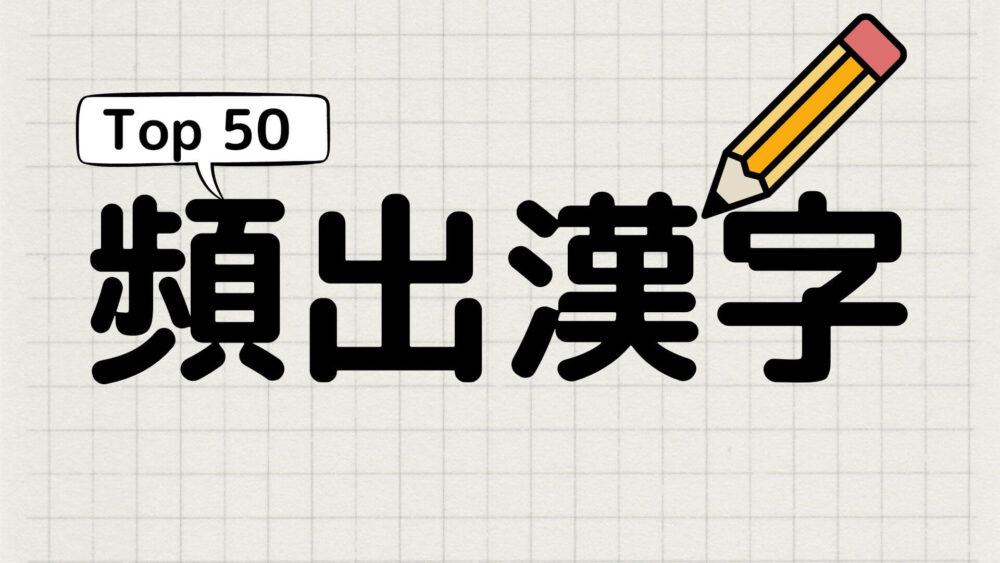In Japan, just like in other countries, there are national holidays to commemorate special occasions, traditional customs for each season, and popular events that many people eagerly await. In this article, we’ll introduce events that are particularly popular in Japan. If you happen to be in Japan during these events, make sure to take the opportunity to experience Japanese culture.
Japanese Cultural Annual Events
January
Oshogatsu (New Year’s Day)
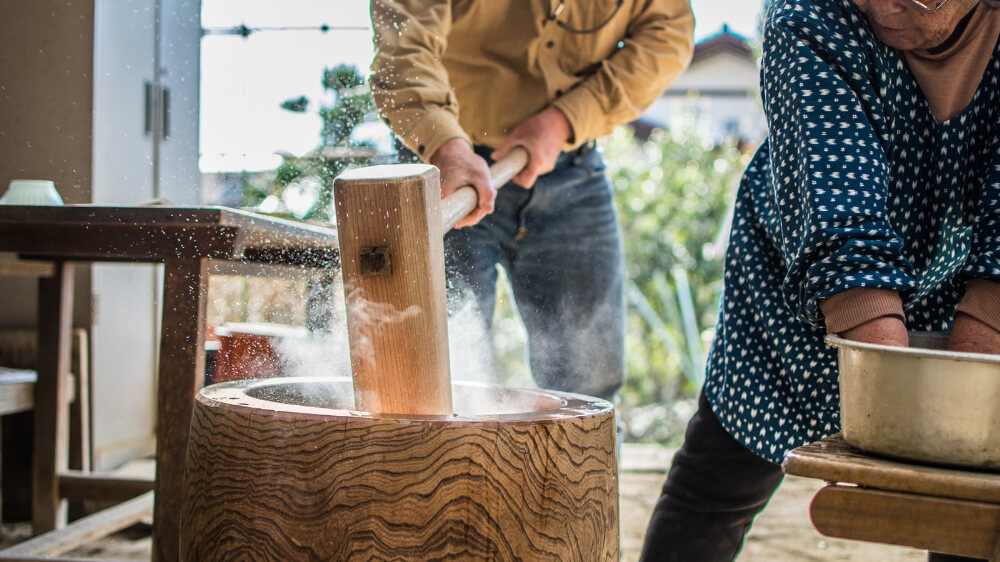
January 1st is a traditional Japanese holiday where people spend quiet time with their families. During the first visit to a shrine in the year, called Hatsumode, people pray for health, prosperity in business, and the safety of their families.
Mochitsuki, the traditional pounding of rice cakes, is also a common practice during the New Year, where families and neighbors come together to pound mochi, strengthening bonds. It’s a customary event held in schools and workplaces to kick off the new year.
Seijin-shiki (Coming of Age Day)

Seijin-shiki, celebrated on the second Monday of January, is a traditional Japanese event where young people turning 18 dress formally to mark their entrance into adulthood. Recently, Seijin-shiki has become more modern, with some participants choosing flashy outfits or cosplay to celebrate.
Since 2022, Japan’s legal adulthood age lowered from 20 to18, but remember—drinking and smoking are still restricted until age 20. For more on age-related rules, check here: Age Restrictions in Japan.
February
Setsubun
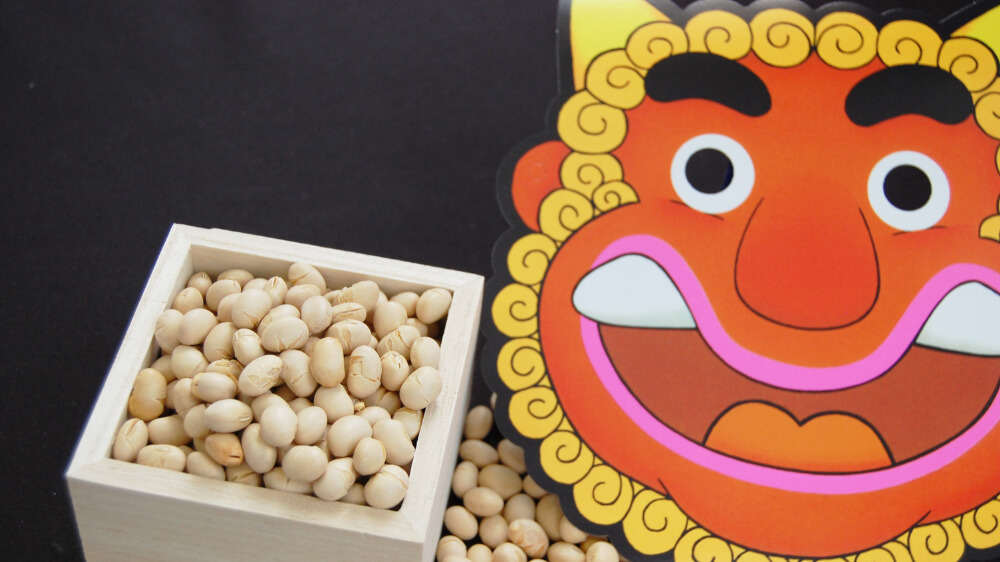
Setsubun is a celebration to mark the beginning of spring in Japan, held on February 3rd. During Setsubun, someone plays the role of an oni (demon), while others throw roasted soybeans while shouting “Oni wa soto, fuku wa uchi” (Out with demons, in with fortune) to drive away evil spirits and invite luck into their homes. It’s also a tradition to eat special sushi rolls called ehomaki while facing the lucky direction of the year.
Valentine’s Day
Like in other countries, Valentine’s Day is a lively annual event in Japan. As a unique tradition of Japan, it’s customary for women to give chocolates to men on this day. Additionally, exchanging chocolates among female friends is also common in Japan.
March
Hina-matsuri
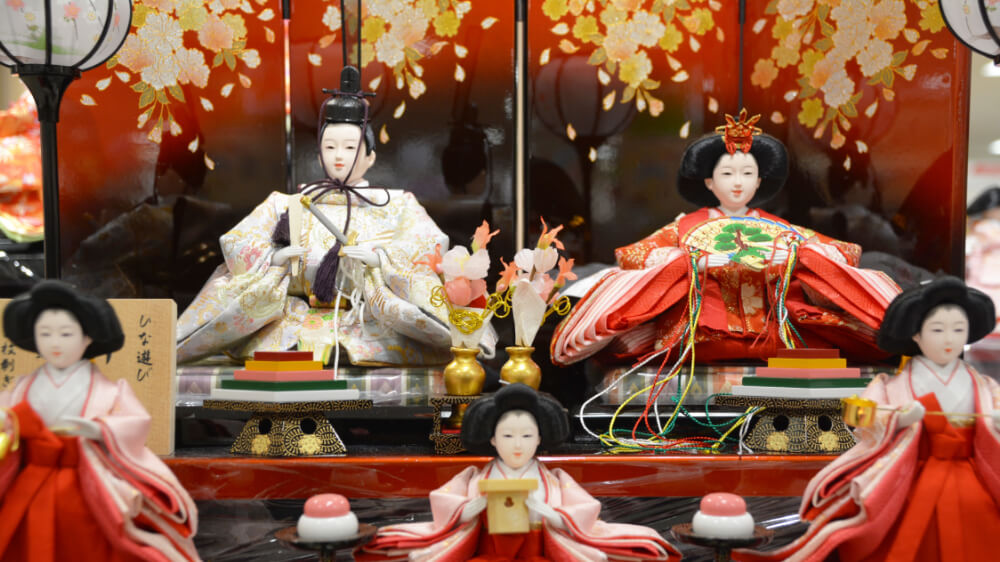
March 3rd is a day to celebrate the health and happiness of girls. Families decorate with ornamental dolls called hina-ningyo and peach blossoms. Eating colorful foods like hina-arare (sweet rice crackers) and chirashi-zushi ( vinegared rice topped with assorted fish) is also part of the celebration.
Ohana-mi (Cherry Blossom Viewing)
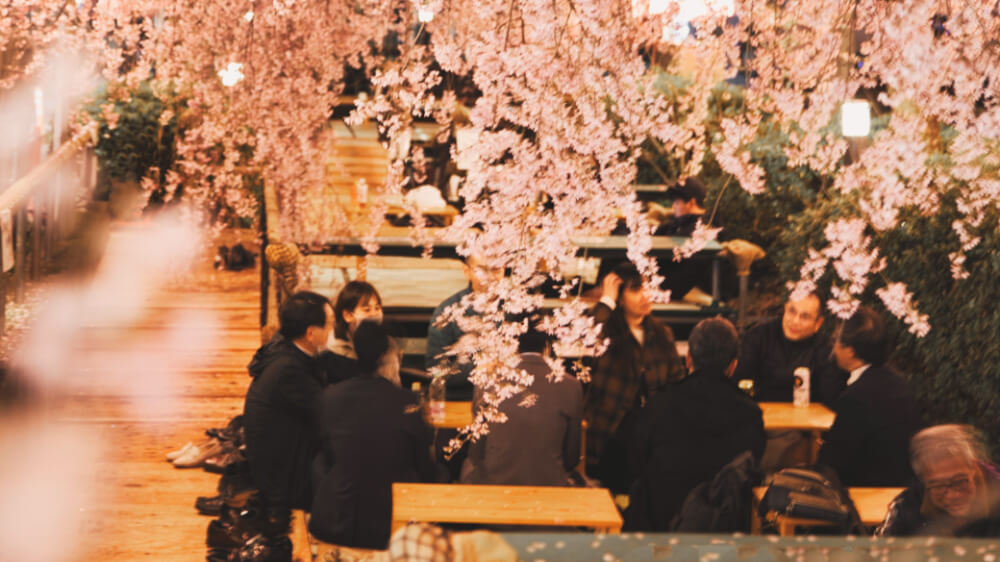
Ohana-mi is a tasteful seasonal event that captivates both Japanese and foreigners alike. While the timing of cherry blossom blooming varies by region and year, typically it’s from late March to late April. Friends and families gather, spread out picnic sheets under the trees, and admire the graceful cherry blossom while enjoying delicious food and drinks.
April
Golden Week
Golden week is known as the longest holiday period in Japan excluding summer holiday. It offers a precious opportunity to enjoy vacations for Japanese who typically work very hard. It’s a combination of multiple national holidays and weekends from the end of April to the beginning of May, with specific dates changing every year. Special festivals and events are held across Japan.
May
Kodomo-no-hi (Children’s Day)
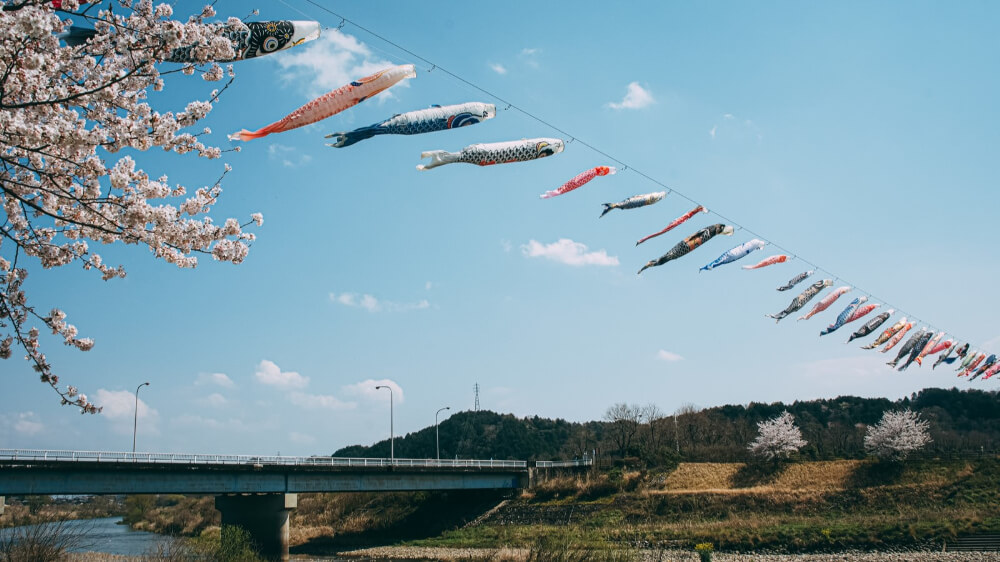
May 5th is a day to pray for the health and happiness of boys. Traditionally, families hold up carp-shaped streamers called koinobori and enjoy special dishes like chimaki and kashiwa-mochi. While koinobori are rarely be found in urban areas nowadays, the carp swimming high in the sky is impressive.
Haha-no-hi (Mother’s Day)
As mother’s days is widely celebrated worldwide, is also an important annual event in Japan and holds on the second Sunday of May. It’s common to present flowers or gifts to mothers and enjoy meals together as a family on this day.
June
Tsuyu (Rainy Season)
Tsuyu is one of the significant periods of seasonal change in Japan. It typically begins in early June but varies depending on the year and region. During this time, humid air covers over Japan, bringing frequent rainfall. However, the rainy season also marks a time when the chill subsides, nature flourishes, and flowers bloom beautifully.
Chichi-no-hi (Father’s Day)
Generally, it’s celebrated on the third Sunday of June. Just like Mother’s Day, families and children give gifts or letters to fathers and share meals together.
July
Tanabata
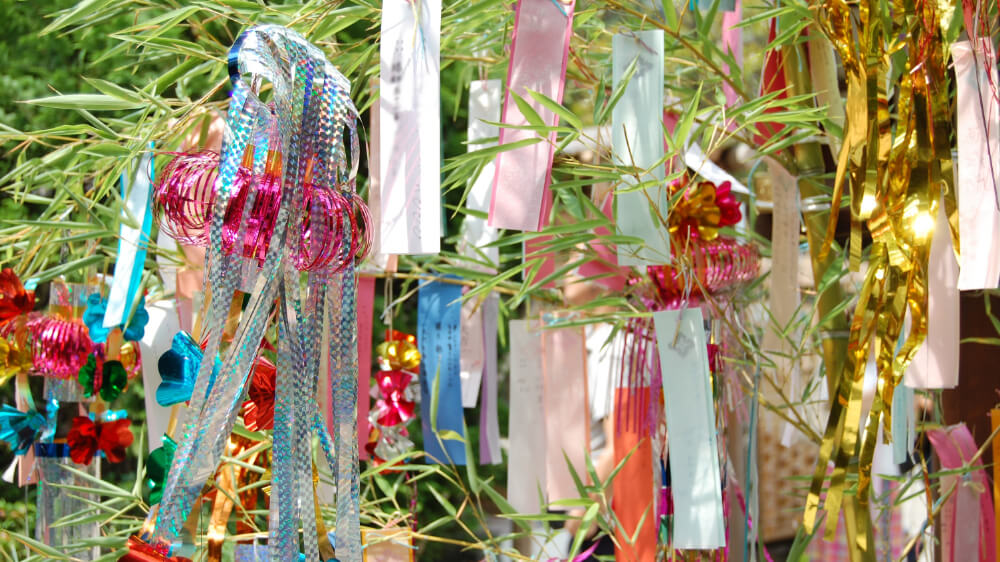
Tanabata is a traditional and popular event in Japan held on July 7th. It originates from an ancient legend of two stars meeting along the Milky Way. People write their wishes on strips of paper called tanzaku and hang them on bamboo branches. Various festivals are held across the country with decorations, lanterns, and fireworks.
Natsu-yasumi (Summer Vacation)
Summer vacation, called “natsu-yasumi” in Japanese, is the longest vacation period in Japan. Schools typically have breaks from late July to the end of August or early September, and companies may take a week off from early to mid-August. Various events such as fireworks, summer festivals, and music festivals are held across Japan, making it the liveliest time of the year.
August
Obon
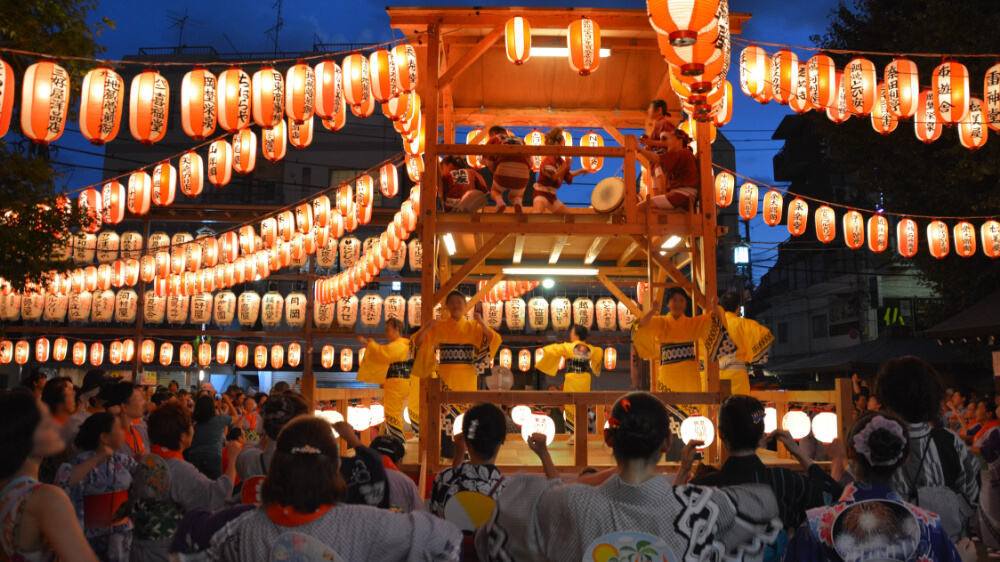
Obon is a period from August 13th to 15th when ancestral spirits are believed to visit their living relatives’ homes. It’s considered an especially important time during the summer vacation. Families decorate their homes elaborately to welcome the spirits, make heartfelt offerings at Buddhist altars, and visit graves. Various events will be held, and many people return to their hometowns, causing congestion in transportation nationwide.
September
Silver Week
Silver week is a Japanese holiday season in autumn with consecutive national holidays in mid-September. It usually includes Respect for the Aged Day (the third Monday of September) and Autumn Equinox Day (September 22nd or 23rd). Unlike summer vacation and Golden Week, it features autumn-themed events and festivals.
October
Halloween
While originating from Western tradition, Halloween has become extremely popular in Japan. Particularly, cosplay culture is thriving, and you can see people dressed as ghosts, zombies, or Jack-o’-Lantern walking around town. The Halloween event in Shibuya is particularly famous.
November
Shichi-go-san

Shichi-go-san is a traditional Japanese event held on November 15th to celebrate the growth of girls turning 3 or 7 and boys turning 5. Children dress in colorful kimono or hakama and visit shrines with their families to receive blessings for their growth and health.
Bunka-sai
Bunka-sai is an important annual school event in Japan. Students prepare performances and exhibitions representing their classes or clubs and showcase them to the public. The programs include plays, music performances, art exhibitions, and mock shops, creating a lively atmosphere. This event is also important as a school tour, as general visitors are allowed to enter the campus.
Kouyou (Autumn Leaves Viewing)
A quintessential part of Japanese autumn, offering a season to enjoy beautiful natural landscapes. From September to December, leaves on trees start turning red and yellow, coloring mountains, parks, and gardens with stunning autumn foliage. Historical cities like Kyoto and Nara, as well as nature-rich areas like Nikko and Nagano, are popular destinations, attracting tourists from both within and outside Japan to enjoy walks amidst the beautiful scenery.
December
Christmas
Christmas is a highly popular event in Japan as in some other countries. Although unlike Western countries, it’s more commonly celebrated with partners rather than family. Couples enjoy special trips or lovely meals together. Cities are adorned with illuminations and decorations, creating a magical atmosphere. Special events and sales are also held across Japan, adding excitement to the Christmas season.
Bou-nen-kai (Year-End Parties)
Bou-nen-kai is an unique Japanese custom held at the end of the year, where colleagues or friends gather to enjoy food and drinks while celebrating the end of the year. Year-end parties often involve reflecting on work or school activities and sharing aspirations for the upcoming year.
Oomisoka (New Year’s Eve)
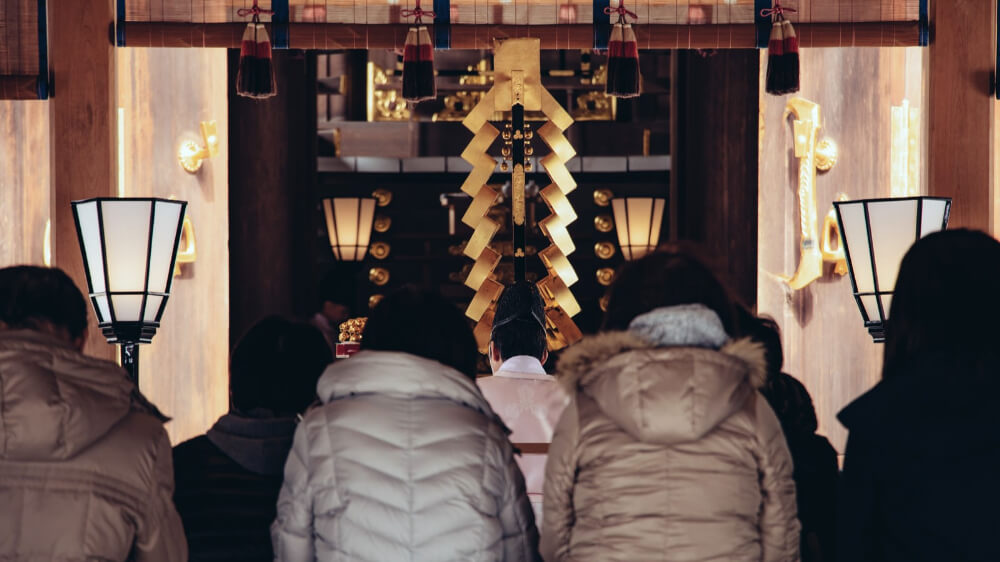
December 31st is an important day to wrap up the year. Families often spend quiet time together watching special TV programs and eating soba noodles. It’s also traditional to visit temples and shrines to ring bells, make wishes, and buy Japanese amulets.
We’ve introduced the annual events and customs in Japan, but did anything catch your interest? It’s fascinating to see the differences in how celebrations are conducted compared to your own country. Through Japan’s traditions and culture, you can gain new perspectives. These events also provide an excellent opportunity to understand Japanese life and mentality. Be sure to participate in these events and enjoy new experiences!
